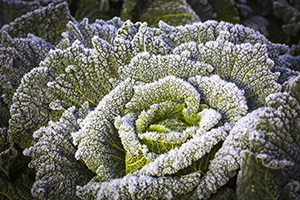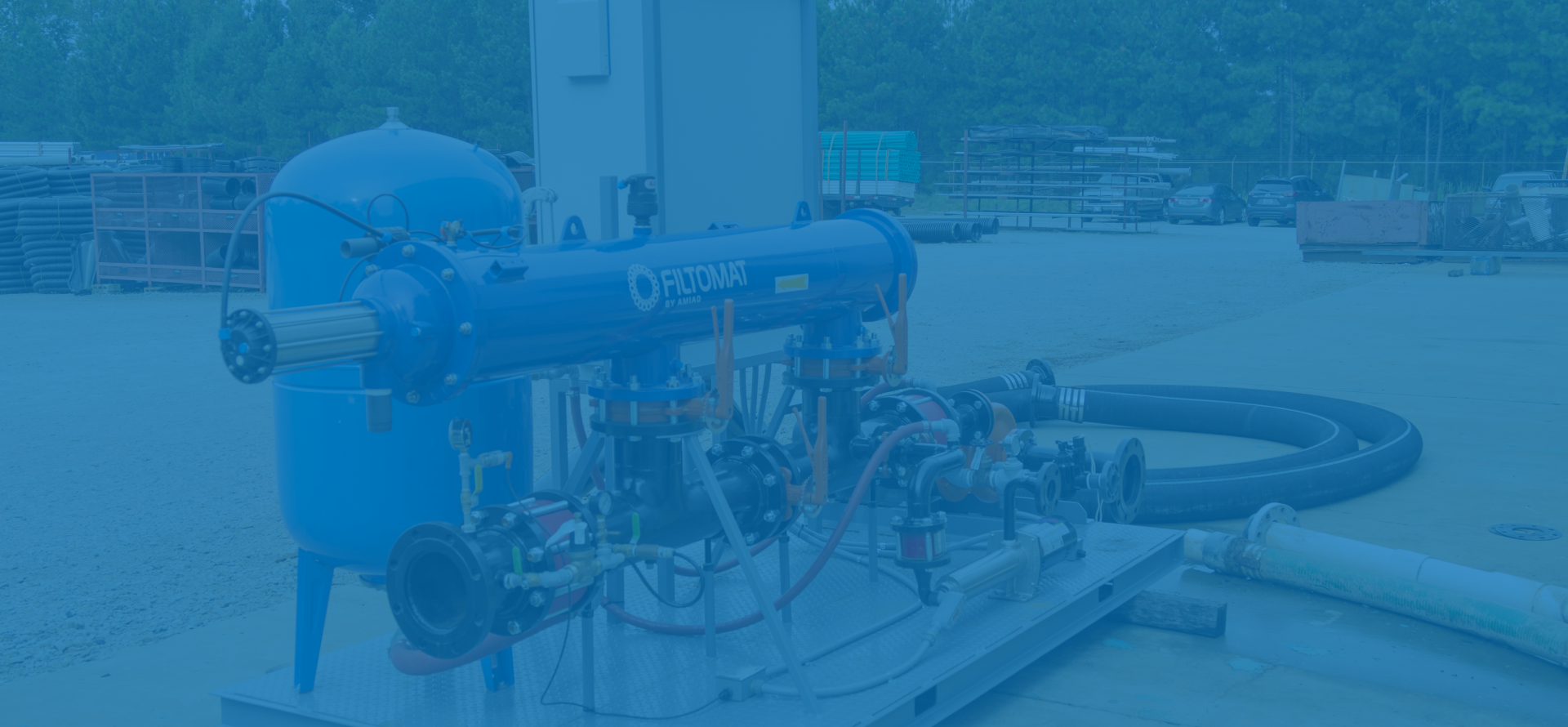
Everyone who has worked with plants knows that the winter months present an incredible danger for the health of crops due to frost injury. In fact, frost injury could potentially wipe out an entire crop if not protected properly. Many people have heard about using irrigation to protect crops from frost injury but don’t understand why or how this works. Read below to learn more about how irrigation can protect crops from frost injury.
The Water Protects the Plants from Injury
While most people think that the layer of ice provides the protection with irrigation systems, it is actually the process of the water turning into ice that protects the plant from injury. As the sprinklers apply water to the plants and it begins to freeze, heat is released. The scientific term for this is called the latent heat of fusion. In other words, for water to turn into ice it must give up (or lose) heat. It is the heat that is lost during the freezing process that keeps the plants from being damaged.
The Water Freezing Keeps Temperatures above a Critical Point
In order for this process to protect the plants, water must be continually changing from a liquid state into a solid state. Therefor frost protection sprinklers must be continually operated while air temperatures remain below freezing. Frost protection sprinklers must not be turned off until the air temperature is well above freezing and the ice that has formed on the plants begins to melt.
People looking at using an irrigation system to protect their crops from frost injury should contact W.P. Law for information. Make sure those crops receive the protection that they deserve.









